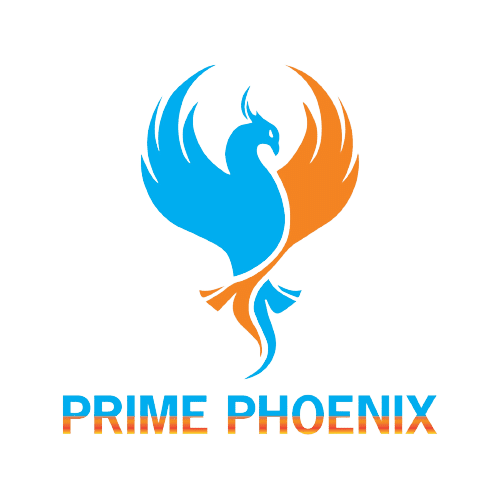- Ras Al Khor Industrial Area 2
- +971 4 330 2170
- +971 547919584
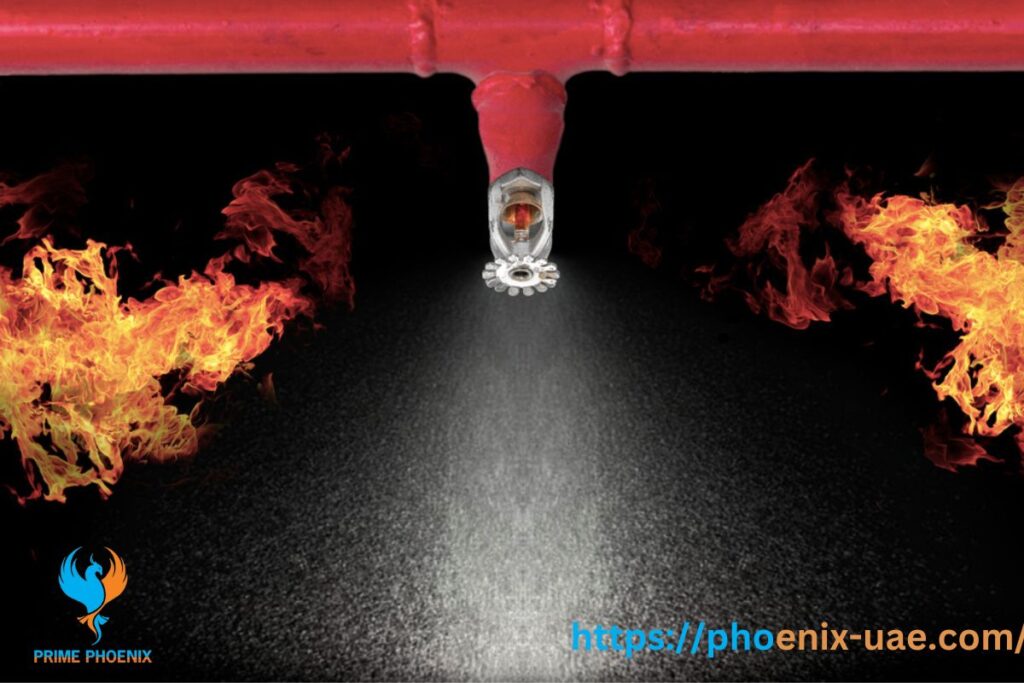
The fire suppression system is one of the integral and sensitive parts of fire protection work. By applying extinguishing services including foam, chemically l compounds, or water, it’s formed. This is considered a fire ‘active’ protection system and it’s totally customized. Our ‘Prime Phoenix’ is here to provide you with the latest information about it.
The latest fire suppression system are used to protect the major fire works.From residential to every types of commercial buildings,our ‘Prime Phoenix’ is providing all kinds of suppression system.So what are you up to?Get the latest fire suppression system from us.
Fire Suppression System, Activities
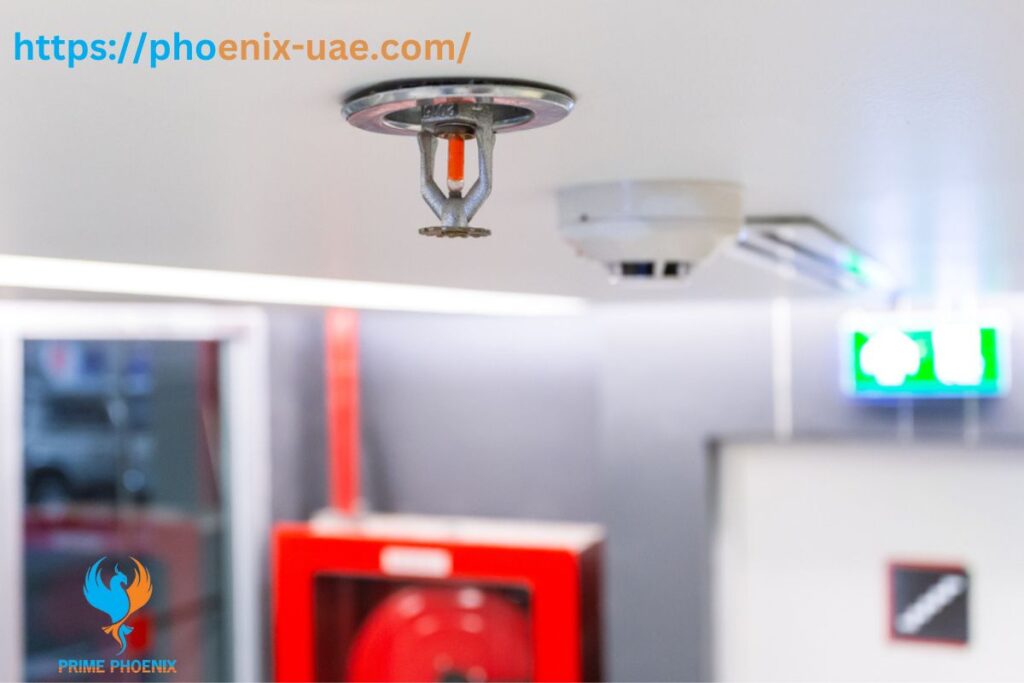
- They detect fires early before extensive growth and spread occur.
- This allows fires to be controlled and extinguished faster.
- They activate automatically without human input, allowing for rapid suppression even when buildings are unoccupied.
- This prevents small fires from turning into dangerous blazess.
- They help in removing fires and decrease the damage.
- Helps in the safety in protection of damages.
- Helps in the reduction of fire apartments.
- Helps to remove damages in both industrial and commercial sides.
Fire suppression systems can be activated both automatically and manually. Automatic systems activate instantaneously when fire signatures are detected, whereas manual systems require human input to deploy. Suppression systems are commonly installed in commercial, industrial and residential buildings to maximize fire safety.
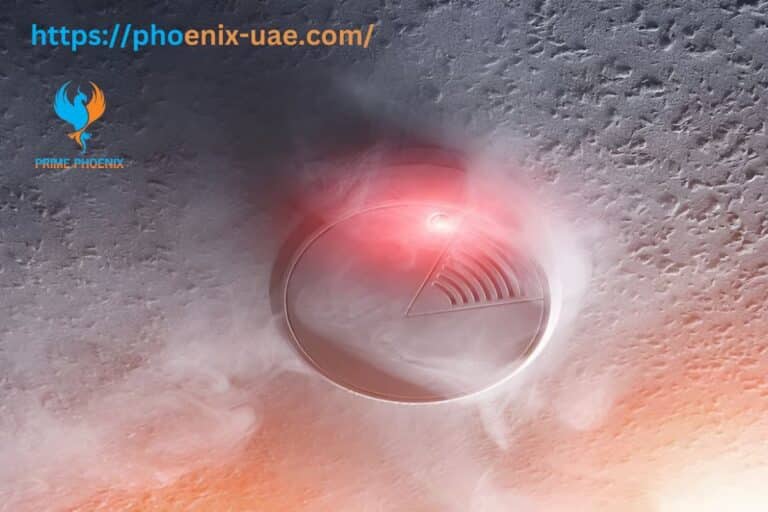
Why Fire Suppression Systems Are Considered as Critical?
There are several compelling reasons why fire suppression systems are such an indispensable component of fire safety today. Fire suppression systems help prevent fires by doing the following and those are:
- They detect fires early before extensive growth and spread occur.
- This allows fires to be controlled and extinguished faster.
- They activate automatically without human input, allowing for rapid suppression even when buildings are unoccupied.
- This prevents small fires from turning into dangerous blazess.
- They help in removing fires and decrease the damage.
- Helps in safety in protection of damages.
- Helps in the reduction of fire apartments.
- Helps to remove damages in both industrial and commercial sides.
In summary, suppression systems substantially improve fire safety. For this reason, they are considered indispensable protection in buildings and facilities across sectors.
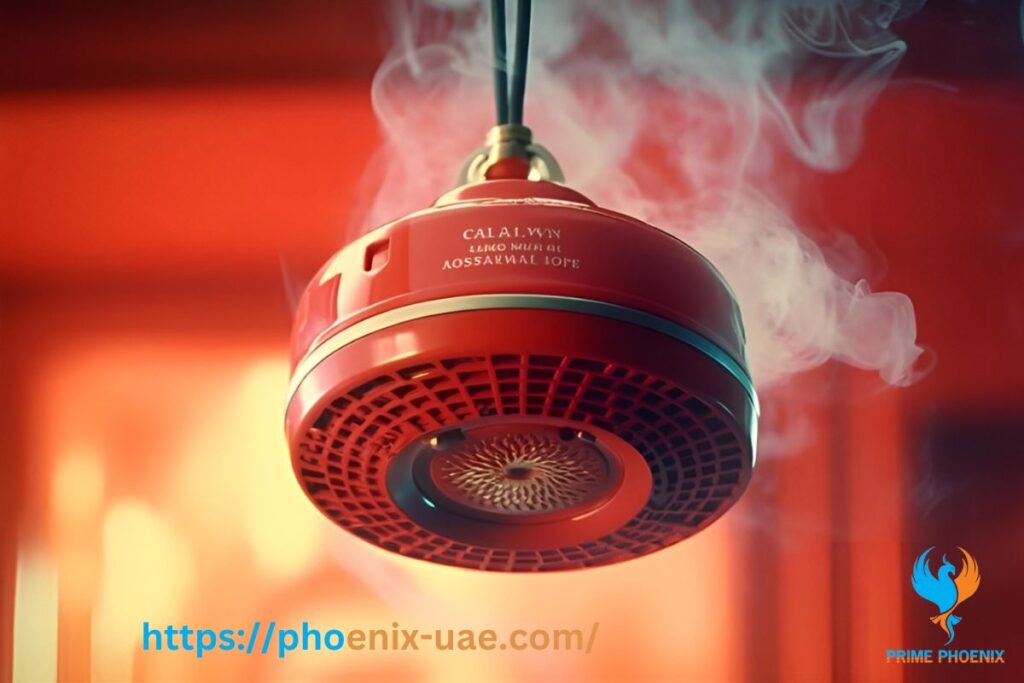
Types of Fire Suppression Systems
There are various types of fire suppression systems available, each with their own methods of fire detection, suppression and control.
The major types of suppression systems include:
- Sprinkler Systems
Sprinkler systems are the most common type of suppression system installed today. They are connected with water pipes and with differently designed sprinkler heads.
- Wet pipe systems: Wet pipe sprinkler systems contains with water in the pipes at all times. water immediately flows out when heat is attacked through sprinkler heads and to suppress the flames. Although widely trusted, wet pipe systems aren’t ideal.
- Dry pipe systems: Dry pipe fire sprinkler systems counter the freezing risk by removing water from pipes. Nitrogen gas pushes the water into a holding tank. And then activities it properly.This delay makes dry pipe fire suppression systems slightly slower than wet pipe, however they’re great for freezing climates.
- Pre-action systems: Pre-action fire sprinkler systems combine dry pipe delay with an added detection mechanism. Fire/smoke detectors first trigger an alarm and send a signal to open the water holding valve. Water won’t flow until sprinklers operate. This two-step activation prevents accidental water discharge from damaged sprinklers.
- Deluge systems: A deluge fire protection system uses dry pipe and open sprinkler heads. The system connects to a water supply and when it’s activated, water is released to all the open sprinkler heads. The valve opens when heat or smoke detection systems activate it.
2.Clean Agent Systems
Clean agent systems use inert gases or chemical suppressants that are safe for electronics and human occupancy. They’re not like sprinklers, which hurt property and leave a residue.
- Carbon Dioxide System Working
- *CO2 systems extinguish a fire by decreasing oxygen levels.
- They are popular for electrical and engine fires. High-pressure CO2 systems provide total flooding of spaces.
- Low-pressure systems protect against specific hazards.
- Foam Systems
The foam blocks oxygen supply while cooling surfaces. Foam is very effective on Class A and B fires. Common foam system types are AFFF and AR-AFFF.
- Dry Chemical Systems
Dry chemical systems stop fires by chemical reactions that break the fire triangle. Common agents include sodium bicarbonate, potassium bicarbonate and monoammonium phosphate. These systems are usually manual, not automatic.
- Kitchen hood fire suppression systems
Kitchen hood fire suppression systems deploy around cooking equipment to stop restaurant fires before they spread. Typically wet chemical agents are used for their fast flame knockdown and vapor securing capability. Systems connect to nearby hoods and ductwork, suppressing from multiple directions.
- Automated fire protection systems
Automatic fire protection systems use advanced detection alongside suppression. Optical or thermal sensors identify rising heat and smoke. At the first sign of fire, the system triggers audible alarms, shuts down HVAC systems, and activates the appropriate sprinklers or chemical suppression. This auto fire suppression system’s fast coordinated response minimizes fire spread and damage.
- Fire Extinguishers
Fire extinguishers are portable water, foam, or dry chemical containers. Extinguishing systems used to stop fires before they get out of control. Extinguishers help with fixed systems by providing supplementary protection.
There are numerous options when selecting the ideal fire suppression system. The optimal solution depends on factors like the building layout, materials stored, and potential fire risks. It is important to select systems that effectively address the specific hazards present.
With frequent inspection and maintenance from companies like Prime Phoenix, fire suppression systems provide 24/7 monitoring for ultimate peace of mind. Trained technicians check water and gas pressure levels, visually inspect components, and address any issues like broken sprinklers or depleted chemical tanks. Proper upkeep verifies all safety mechanisms function properly when needed most.
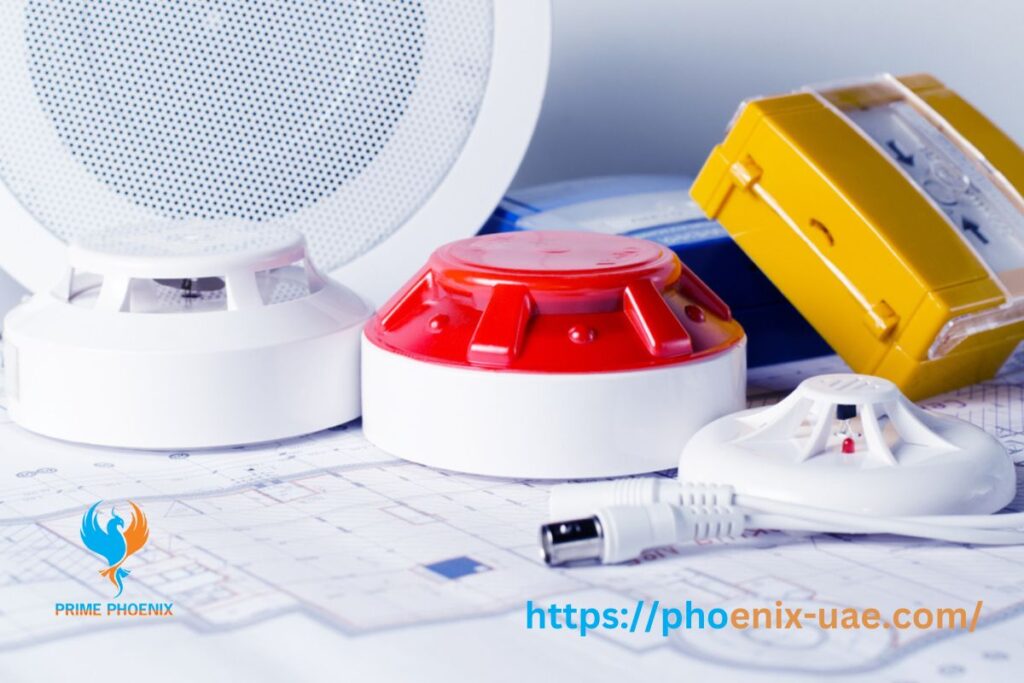
Fire Suppression System Components
The modern fire suppression systems incorporate various high-tech components and technologies to maximize fire detection, notification and control capabilities.
These are the components of modern fire suppression systems:
- Initiating devices – detect fire and initiate system activation e.g. detectors, manual pull stations.
- Notification appliances – provide alerts of fire e.g. bells, horns, flashing lights.
- Control panels – allow monitoring, control and testing of the system.
- Suppression release mechanisms – distribute water, chemicals or gas onto the fire.
- Connecting piping and tubing – transfer suppressants from supplies to fire location.
Proper functioning of each component is necessary for the system to operate effectively as a whole. For maximum effectiveness, fire suppression systems must match the protected facility’s layout and fire risks. Prime Phoenix’s experienced team surveys each unique environment to identify the optimal system design, equipment selection, and placement.
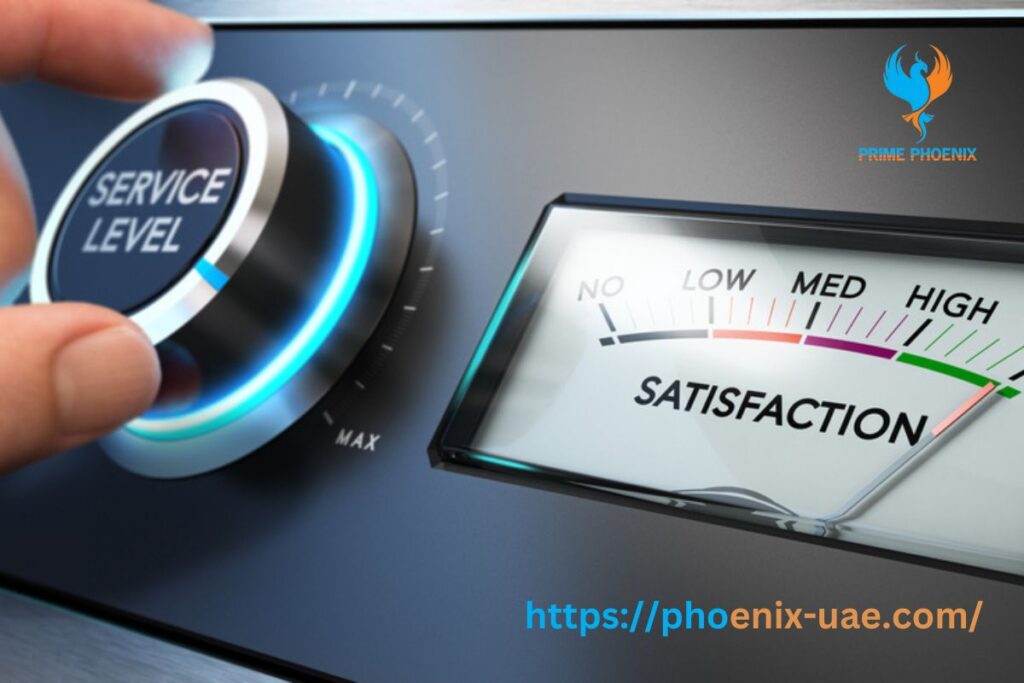
Suppression System Advantages
There are numerous valuable advantages provided by professionally installed fire suppression systems, such as the ability to save lives, property and businesses also to protect the safety and health of those involved in a fire.
The major advantages include:
- 24/7 monitoring and protection, even when buildings are unoccupied.
- Reduced insurance costs due to enhanced fire safety.
- Comprehensive coverage of high-risk areas.
- Minimal disruption to operations following fire events.
- Reduced reliance on fire department intervention.
- Potential to save lives and minimize property damage.
- Automatic detection and suppression of incipient stage fires.
- Reduced impacts of smoke, fire gases and water damage.
- Improved emergency response time compared to external resources.
- Potential to qualify for financial incentives from local jurisdictions.
Fire suppression systems offer sizable benefits to any building or organization looking to protect assets and people from fire. With innovative engineering and meticulous project execution, Prime Phoenix delivers top-notch fire suppression system service to significantly mitigate fire risks and potential consequences.
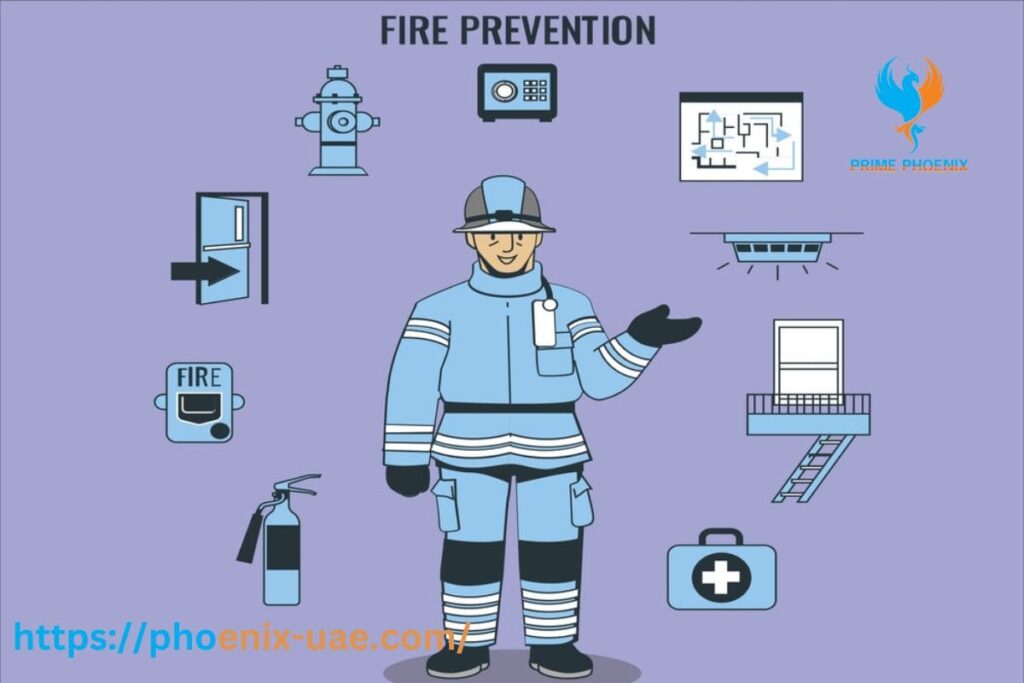
Fire Suppression System Codes and Standards
The installation, inspection, testing and maintenance of fire suppression systems are governed by a range of codes and standards. These help ensure systems are designed, installed and maintained to approved standards for maximum effectiveness.
Key codes and standards governing suppression systems include:
- NFPA standards covering sprinkler, clean agent, CO2 and foam systems.
- FM Global standards for engineered and pre-engineered clean agent systems.
- OSHA requirements related to portable extinguishers.
- EPA requirements on ozone-depleting agents.
- State and local fire codes, amendments and policies.
Compliance with relevant codes and standards is critical. It ensures fire suppression systems meet necessary performance and reliability benchmarks. Non-compliant systems can be less effective and potentially fail when depended upon. That is why Prime Phoenix has been the choice of most clients for meeting up their trust by completing all the codes and standards.
At Prime Phoenix, staying current with fire suppression technology and codes is a top priority. Ongoing training and partnerships with major manufacturers ensure Prime Phoenix offers the latest fire safety solutions. Experienced system designers and NICET certified technicians expertly implement innovations to protect people and property from ever-evolving fire hazards.
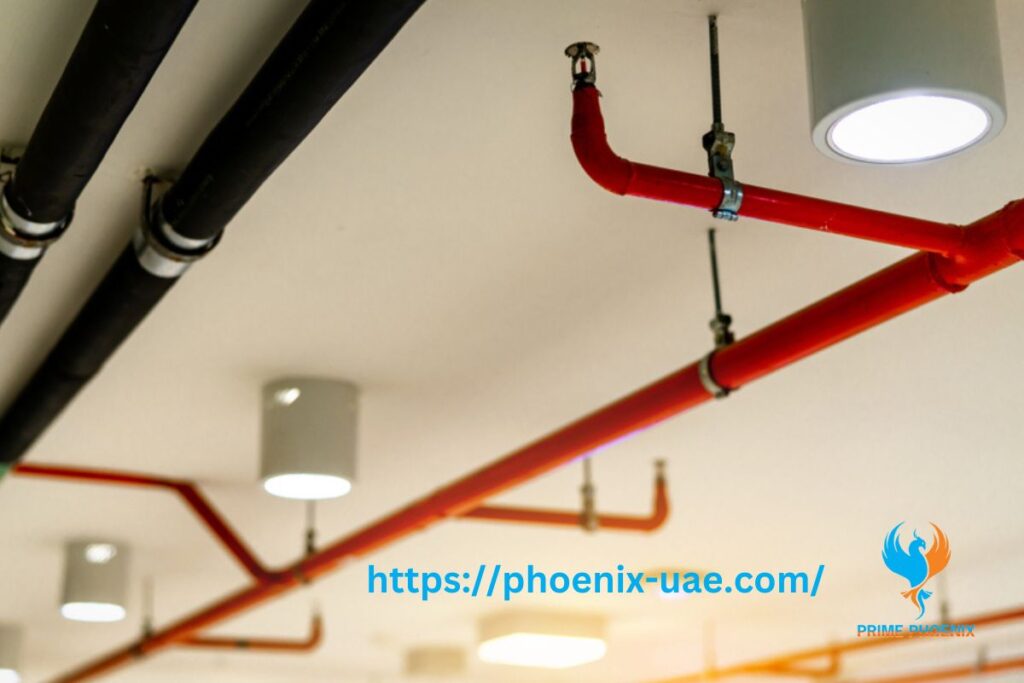
Tailored Fire Suppression Systems of Prime Phoenix
With Prime Phoenix’s state-of-the-art engineering and meticulous project execution, you can be sure that our custom fire suppression solutions will provide the best possible protection for your company’s assets. Prime Phoenix delivers fire suppression solutions for:
- Restaurants, bars, and nightclubs
- Warehouses and industrial facilities
- Offices and apartment buildings
- Data centers and control rooms
- Chemical plants
- Airports, rail systems, etc.
Prime Phoenix designs advanced networked systems with central control panels for large-scale complexes. This allows remote monitoring and coordinated suppression activation across multiple zones. The system’s capabilities, like emergency overrides, low pressure alerts, and automatic event logging, provide complete protection.
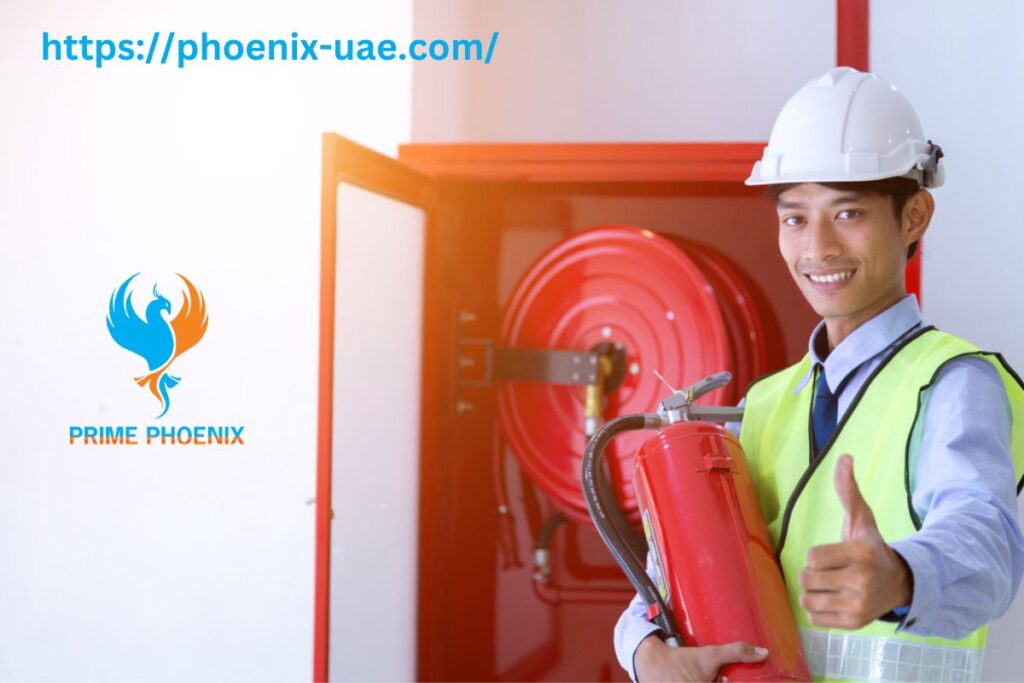
Fire Suppression Systems Inspection Testing and Maintenance (ITM)
Fire suppression systems should be regularly inspected and maintained for optimal safety and performance. The National Fire Protection Association (NFPA) provides guidelines on recommended service intervals:
- Monthly – Fire suppression systems should be visually inspected monthly to check for any obvious damage, leaks, obstructions, etc. Water-based sprinkler systems also need their water pressure monitored monthly to verify adequate supply.
- Quarterly – A more thorough quarterly inspection should be performed on all system components. This includes checking valves, piping, detection devices, ventilation systems, extinguishing agent levels, and all other equipment. Sprinkler pipe interiors should also be examined for buildup or obstructions.
- Annually – An in-depth annual inspection is essential. All sprinklers, valves, detectors, wiring, and other components should be thoroughly examined, tested, and maintained as needed. Dry chemical and gaseous suppression tanks weigh to confirm adequate agent. Any damaged parts must be replaced.
- Every 5 Years – An internal inspection of sprinkler system piping is recommended every 5 years. This involves removing a representative sample of sprinklers to check for internal corrosion or obstructions. Underground and exposed exterior pipes also get examined.
- Every 12 Years – Sprinkler pipes need either full drain and refill or internal inspection every 12 years. This comprehensive maintenance verifies sprinkler system viability.
- Any Time System is Activated – Any time a fire suppression system is activated, either intentionally or accidentally, an immediate inspection by a certified technician is crucial. We (Prime Phoenix) make sure maintenance and fire protection work well so that failures won’t happen and fires will be stopped when it’s needed most.
By following NFPA 25 guidelines, companies can keep their fire suppression systems in peak operating condition. We (Prime Phoenix) make sure maintenance and fire protection work well so that failures won’t happen and fires will be stopped when it’s needed most.
During new construction, Prime Phoenix works closely with contractors, architects, and developers to specify systems that seamlessly integrate with structural, electrical, and aesthetic plans. For projects that upgrade existing systems, flexible modular components are easy and affordable. Prime Phoenix handles the entire process from design engineering to project management and installation for building fire suppression systems.
After 10+ years of engineering and installing tailored fire systems for all industries, Prime Phoenix has the expertise to protect what matters most – your people and property.
